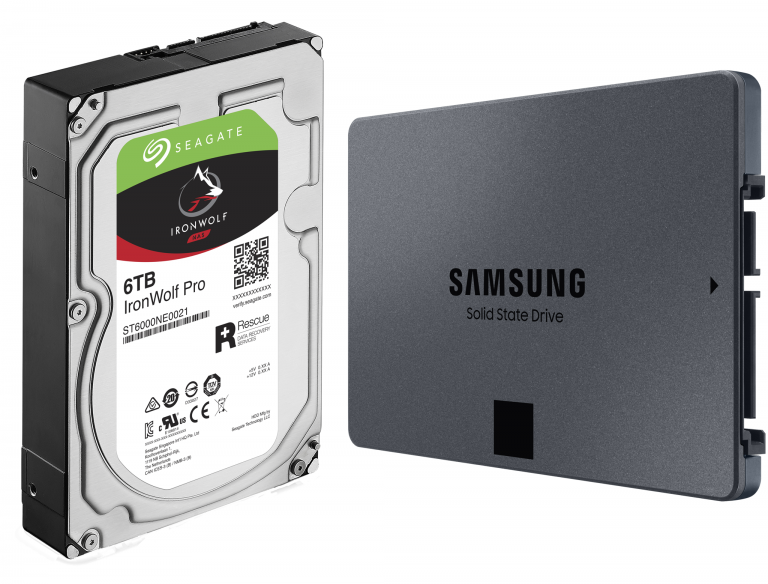
There’s a lot of words and terms tossed around for computers, some are quite straight forward to understand and some can be down right confusing!
Take for example; Memory and Storage. They sound like the same thing but when talking about computers they are both separate parts that make up the system as a whole and the names can’t be used interchangeably as that will just lead to further confusion!
What is storage?
Lets start with Storage. This what allows the computer to store programs, operating systems, videos, pictures and all other kinds of files for long term storage. There are many kinds of storage device such as Hard Disk Drives (HDD), Solid State Drives (SSD), SD Cards, CDs even Floppy discs (those will need their own Jargon Buster at some point)! The computer writes the information it needs to the selected storage device and then records where on the storage device that bit of information is stored. When you want to open that same bit of information again, the computer reads the information from the same place again so that you can see and interact with it. The faster your storage device can read, the faster you’ll get to see the information again.

But what about memory?

Now memory is very similar, except that it is usually much smaller in size and only stores the bits of information that your computer is currently working on, say for example you have Google Chrome open on your computer. Your memory will have all of the instructions and processes open that allow that program to work and will keep them there ready for as long as the program is open and in use. Once you close the program the memory will clear that section that was occupied so that it is ready to be used again when needed for something different. This is why you can have hundreds of programs installed on a computer at once, but only run a handful of them at a time. The more Memory you have the more your computer can do at once. We sometimes refer to this memory as RAM (Random Access Memory).
